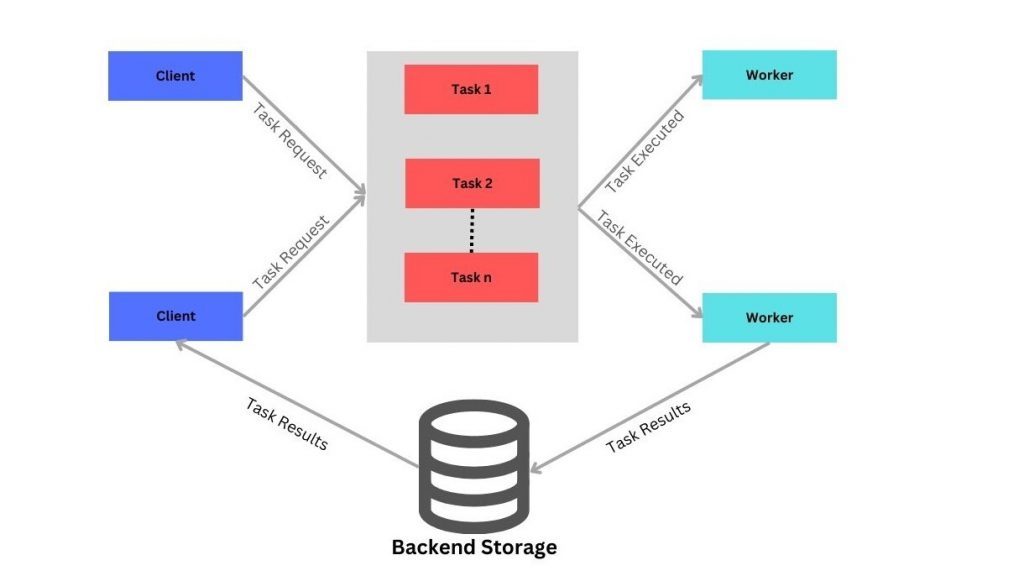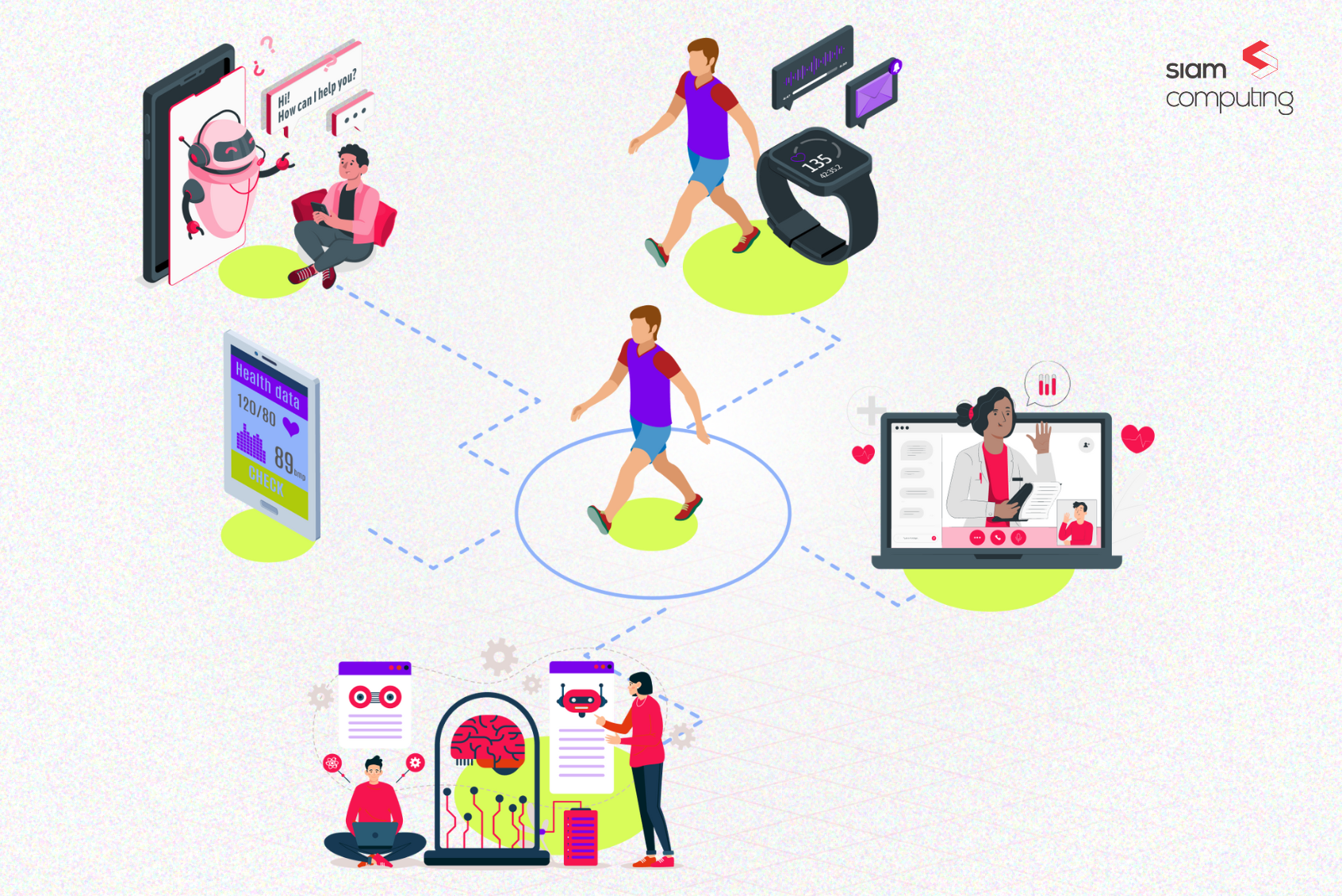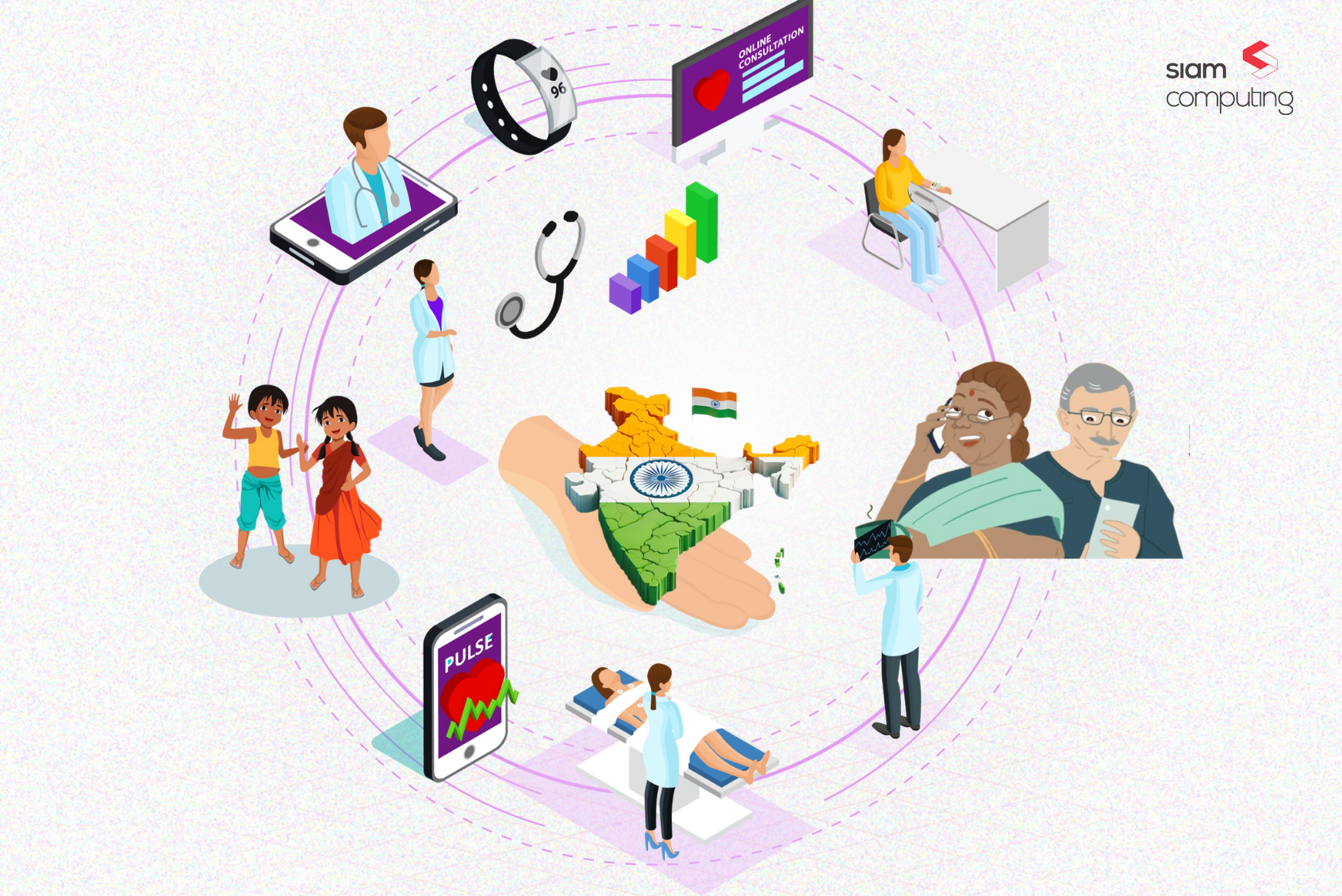Productivity is the key to success in today’s fast-paced business environment. Thus, in my work as a web app developer, I constantly try to find ways to transform complex ideas into practical solutions efficiently.
One of my recent projects involved handling vast amounts of data from various categories residing in different databases on a server. The goal was to efficiently read and process this data and store it in another database for further analysis.
Initially, I used a conventional API to read data from multiple databases. However, this approach took a considerable amount of time, reflecting negatively on overall productivity. To overcome this limitation and revolutionise task handling, I used the concept of distributed task queue systems.
In this article, we’ll explore how distributed task queue systems can transform task handling and enhance productivity.
What are Distributed Task Queue Systems?

The distributed task queue system is a software architecture that manages and distributes tasks across multiple nodes by breaking them into smaller units for parallel execution and improved performance. Mentioned below are five ways in which they improve task handling for greater efficiency and productivity:
Improved User Experience
With its performance improvement and swift task processing capabilities, a distributed task queue system provides a smooth user experience. Besides, users can access the required information without waiting for long, which positively influences their satisfaction and engagement.
Parallel Processing
A distributed task queue system allows parallel processing of tasks across multiple nodes or workers, thus ensuring improved speed and efficiency. The ability to divide and complete tasks simultaneously leads to faster data retrieval and processing in the project and contributes significantly to overall system performance.
Reliability
A distributed task queue system ensures fault tolerance by automatically redistributing tasks to available worker nodes in case of failure. This ensures that no tasks are forfeited or left incomplete due to glitches and no data loss while processing.
Scalability
Distributed task queue systems are characterized by inherent scalability. Adding more worker nodes to handle additional tasks becomes a seamless process, even with the increased workload. This ensures that the system sustains optimal performance even with a greater workload, thereby eliminating bottlenecks from a smooth user experience, irrespective of demand.
Priority Management
Distributed task queue systems with priority management can meet additional requirements of reading data from multiple categories and varied priorities. The system ensures that data is read in the specified order of priorities, enabling efficient processing of high-priority categories first.
This allows the system to optimize data retrieval, meet project requirements, meet deadlines and enhance overall performance. With priority management, developers can assign tasks based on urgency. Critical tasks are given priority for immediate attention.

Final Thoughts
Distributed task queue systems enable businesses to optimize task management and boost productivity. These systems offer many features that reduce turnaround times, thereby enhancing overall efficiency and productivity.
About the author

Karkuzahali is a Web App Associate (Python) at Siam Computing. She has over two years of experience in Python and Django. She is passionate about crafting dynamic web applications and brings expertise in backend development with her ability to transform complex ideas into practical solutions.








